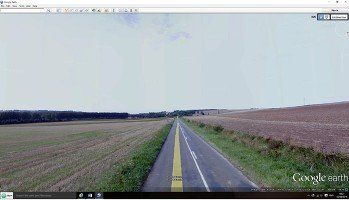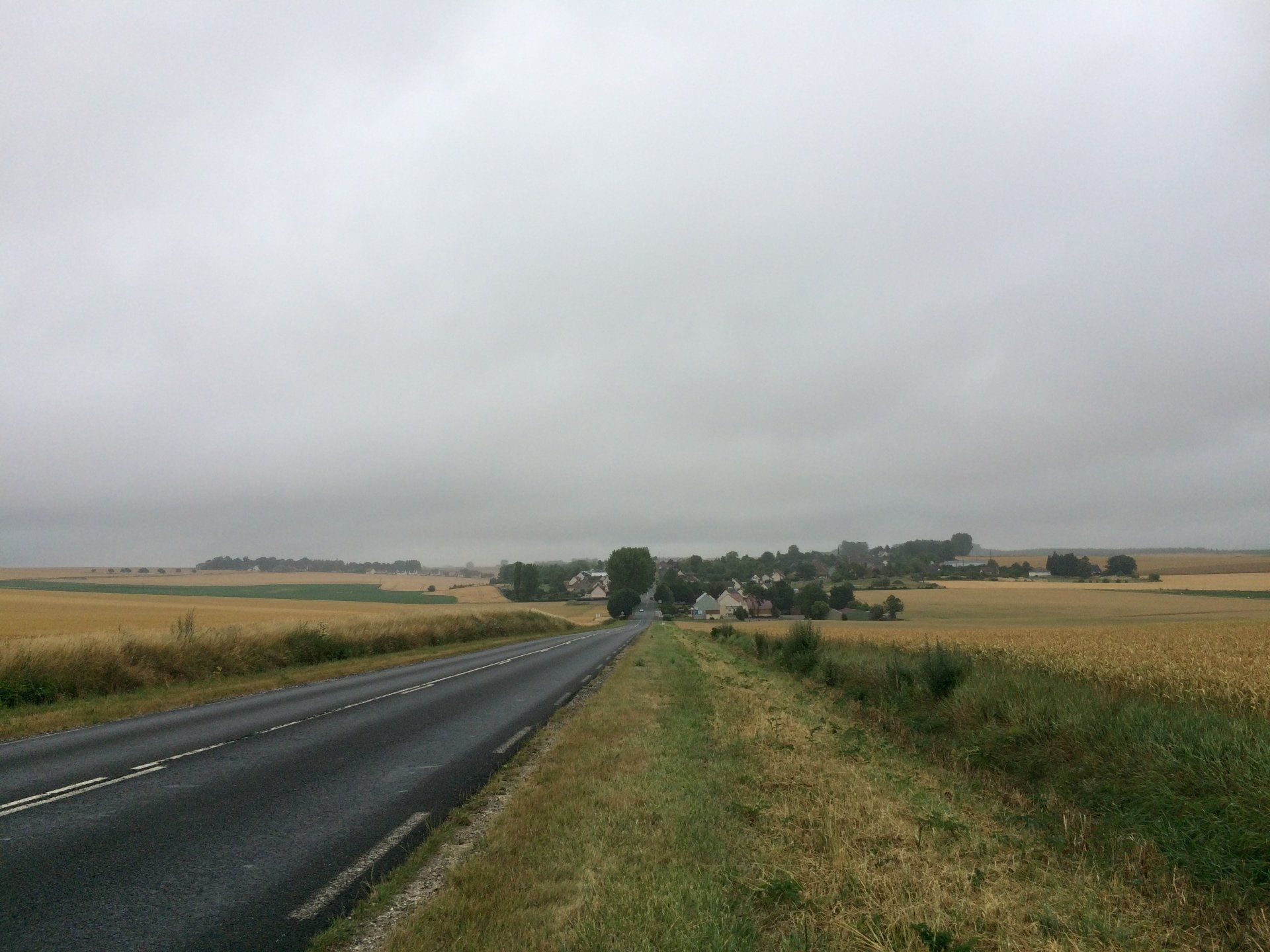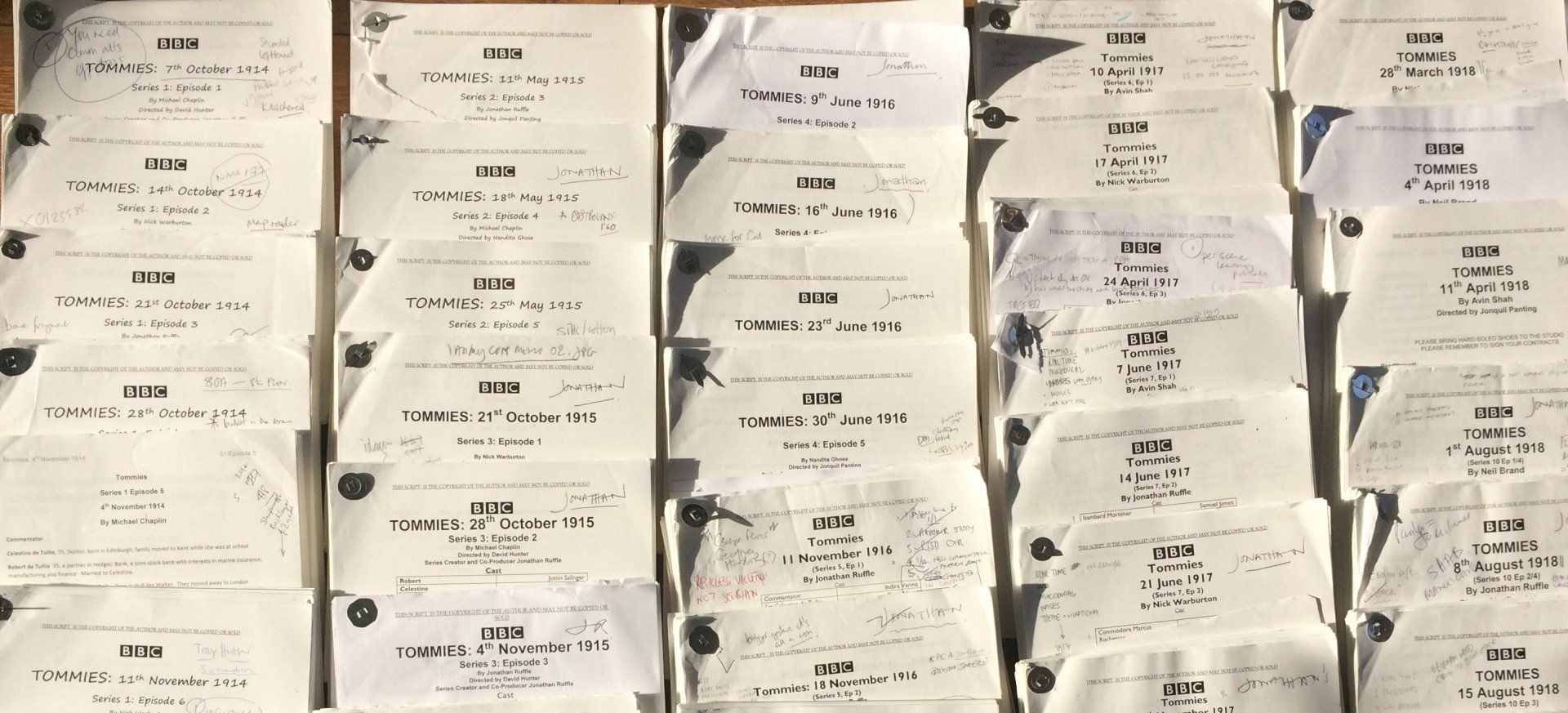The Somme has started?
2nd June 1916
02 June 1916
I had no idea that the soldiers tasked with the attack on the Somme were given rehearsals in special mocked-up villages so I went over to take a look at the one the 22nd Batt 102nd Bde Northumberland Fusiliers used on the morning of 02 June, according to their war diary in the TNA.
This is Hilary's film:
02 June 1916
I had no idea that the soldiers tasked with the attack on the Somme were given rehearsals in special mocked-up villages so I went over to take a look at the one the 22nd Batt 102nd Bde Northumberland Fusiliers used on the morning of 02 June, according to their war diary in the TNA.
I had no idea that the soldiers tasked with the attack on the Somme were given rehearsals in special mocked-up villages so I went over to take a look at the one the 22nd Batt 102nd Bde Northumberland Fusiliers used on the morning of 02 June, according to their war diary in the TNA.
This is Hilary's film:
My days there were made so much easier with my copy of LA BOISSELLE by Michael Stedman, the best walking guide I've ever used (though Stephen Chambers one for GULLY RAVINE was excellent). If you are planning on going you might find the Trench Map reprint by GH Smith and Son (Ovillers 57D SE4 Edition 2B) to be nearly as useful. Essentially the landscape is identical.
I was also very interested in bringing out the vast range of techniques and new pieces of kit the signallers had, and wondered how an experienced signaller like Mickey would respond. I decided to use Captain Powell of 10 Corps Signal's post-Somme report on signals effectiveness in the TNA. By taking what he found had worked, I felt that gave Mickey a prescient eye that would be accurate and would also work dramatically. Try this film about the Playfair cypher (here) which was a 'simple' code for use in the field, but seems like a young man's game on mental agility to me.
Here's one of those blasty iPhone films (also featuring some rather poky selfie-stick work) in which I attempt to explain the 34 Division signaller's challenge on the Somme. You'll soon realise why I enjoy working with Hilary Easter-Jonesso much.
It seemed important to me that I tried to bring out just how prepared the British Army was trying to be for the attack on the Somme. I think the myths about the First Day are going to come thick and fast over the next few weeks, and actual physical preparation and genuine on-the-ground technique has always been a TOMMIES trademark.
Tynesiders were a fascinating group to write about, a classic later Kitchener brigade drawn from all classes and jobs. I got in touch with the Beamish Museum to discuss the mining dialogue. I was interested to read about the workaday racism exemplified by the expression 'Smoked Geordie'. In TYNESIDE IRISH by John Sheen a soldier named Lew Shaughnessy says: "We had this lad who was a darky from South Shields and we gave him an awful time mucking up his kit before inspection and stupid things like that. There were a few darkies in the 4th Tyneside Irish as I recall. They weren't much good at soldiering but I expect most of it was because they were darkies". These uncomfortable sentences seem to mean to me that the cosy idea of friendly nicknames wasn't going to pass muster. I tried to make the scene where this comes up about Dixon's bullying rather than about racism itself so we could hear it in action. No offence intended.
Shaughnessy also hated the 'toffs' of 'The Commercials', the 16th Northumberland Fusiliers. I tried to chase the sources for this material but couldn't get anywhere, sadly.
If you know your WW1 signalling history you'll know why I lay so much groundwork on leaky telephones in forward areas, and the reliance officers have developed for using the telephone in their fixed trench system (discussed in 2 Army to Corps memos in the TNA).
Just one line (yes, writers do listen out for what got cut) that I thought you might like to know: they shipped road-building stone over from Cornwall when they discovered the sheer weight of the build-up was destroying the cobbled French roads. That fact was in the OFFICIAL HISTORY but was drawn to my attention by the remarkable LONG LONG TRAIL website, which has been helping WW1 historians for over twenty years now. Many thanks to Chris Baker.
Related Episodes
Related Episodes



